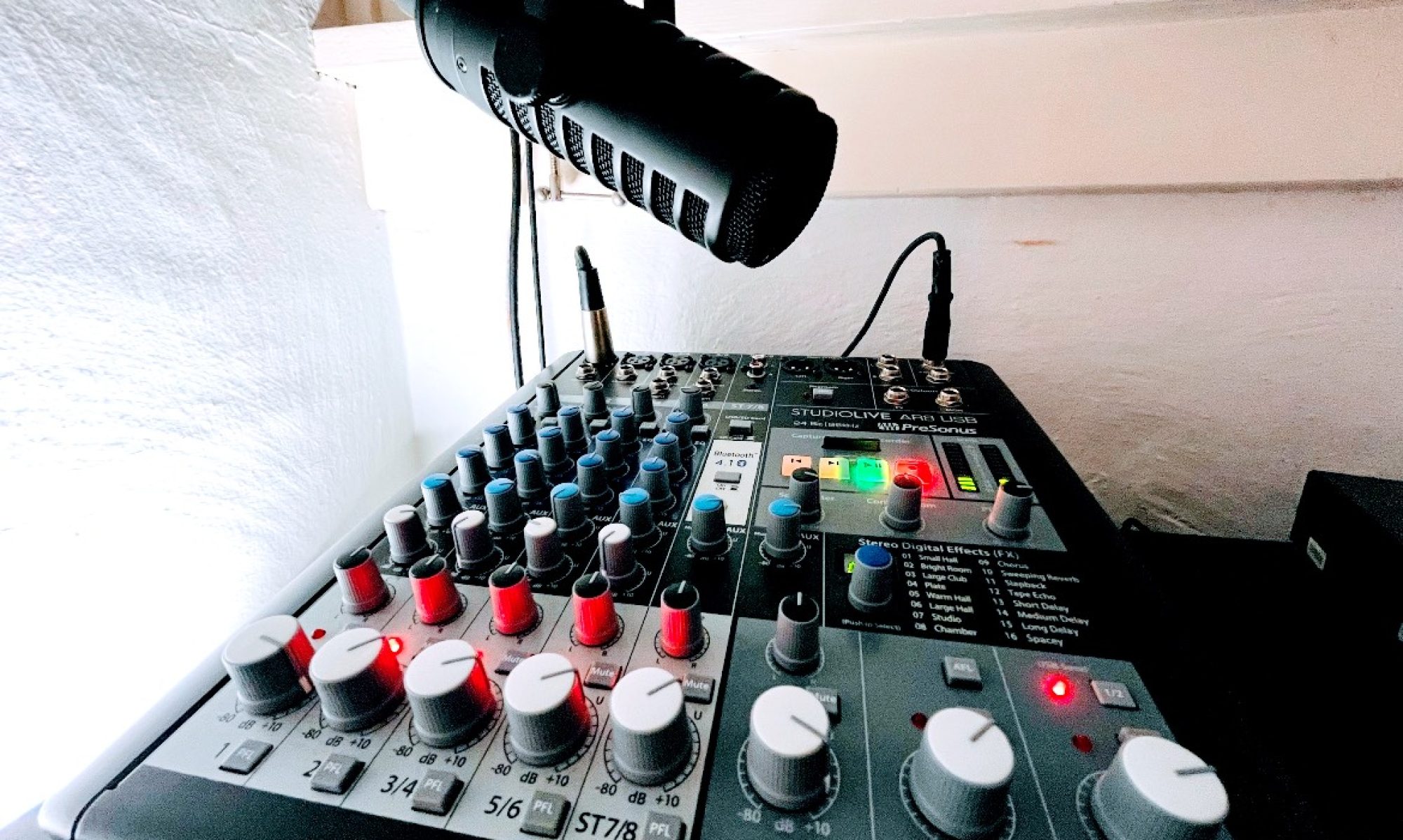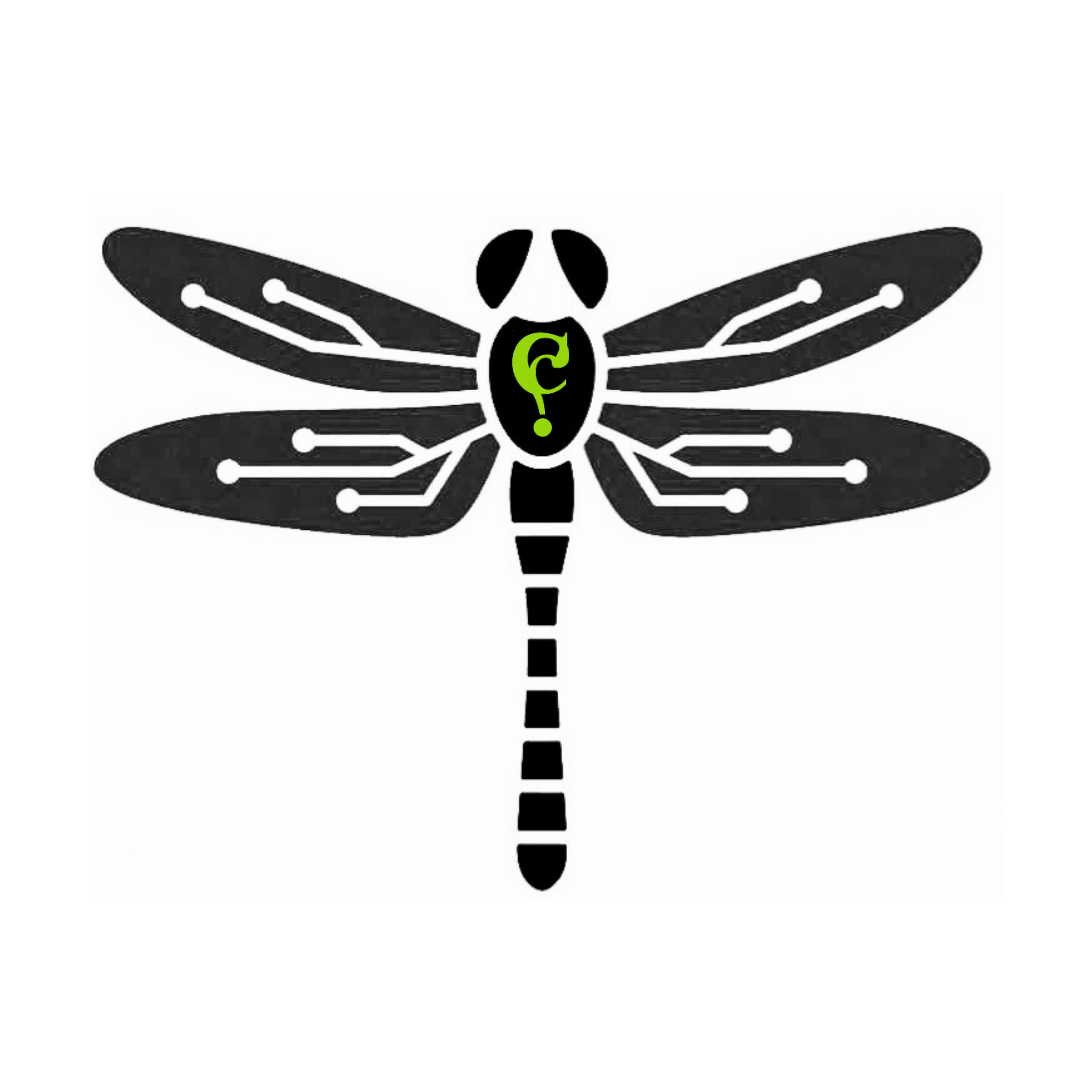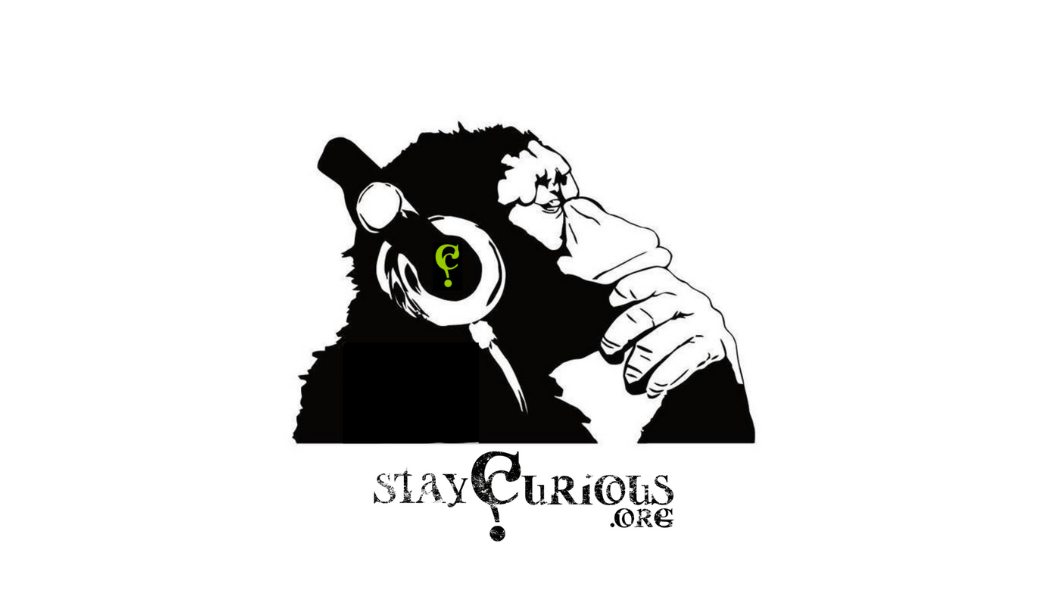Psychologists have compiled a large body of research on the many benefits of curiosity. It enhances intelligence: In one study, highly curious children aged three to 11 improved their intelligence test scores by 12 points more than their least-curious counterparts did. It increases perseverance, or grit: Merely describing a day when you felt curious has been shown to boost mental and physical energy by 20% more than recounting a time of profound happiness. And curiosity propels us toward deeper engagement, superior performance, and more-meaningful goals: Psychology students who felt more curious than others during their first class enjoyed lectures more, got higher final grades, and subsequently enrolled in more courses in the discipline.
How Are You Curious?
Use this scale to indicate the degree to which the following statements describe you: 1. Does not describe me at all. 2. …
But another stream of research on curiosity is equally important, in our view. Since the 1950s psychologists have offered competing theories about what makes one person more curious than another. Rather than regard curiosity as a single trait, we can now break it down into five distinct dimensions. Instead of asking, “How curious are you?” we can ask, “How are you curious?”
A Brief History
In the 1950s Daniel Berlyne was one of the first psychologists to offer a comprehensive model of curiosity. He argued that we all seek the sweet spot between two deeply uncomfortable states: understimulation (coping with tasks, people, or situations that lack sufficient novelty, complexity, uncertainty, or conflict) and overstimulation. To that end we use either what Berlyne called “diversive curiosity” (as when a bored person searches for something—anything—to boost arousal) or what he called “specific curiosity” (as when a hyperstimulated person tries to understand what’s happening in order to reduce arousal to a more manageable level).
Building on Berlyne’s insights, in 1994 George Loewenstein, of Carnegie Mellon University, proposed the “information gap” theory. He posited that people become curious upon realizing that they lack desired knowledge; this creates an aversive feeling of uncertainty, which compels them to uncover the missing information.
But these theories, focused on our inherent desire to reduce tension, don’t explain other expressions of curiosity: tourists strolling through a museum, entrepreneurs poring over feedback from beta testing, people engrossed in a book. The University of Rochester’s Edward Deci addressed those in the 1970s, arguing that curiosity also reflects our intrinsic motivation “to seek out novelty and challenges, to extend and exercise one’s capacities, to explore, and to learn.” We use it not just to avoid discomfort but to generate positive experiences.
In another body of work, the University of Delaware psychologist Marvin Zuckerman spent five decades (from the 1960s to the 2000s) studying sensation seeking, or the willingness to take risks to acquire varied, novel, and intense experiences. And in 2006 the psychologist Britta Renner, of the University of Konstanz, initiated the study of social curiosity, or people’s interest in how other individuals think, feel, and behave.
The Five-Dimensional Model
Synthesizing this and other important research, and in conjunction with our George Mason colleague Patrick McKnight, we created a five-dimensional model of curiosity. The first dimension, derived from Berlyne and Loewenstein’s work, is deprivation sensitivity—recognizing a gap in knowledge the filling of which offers relief. This type of curiosity doesn’t necessarily feel good, but people who experience it work relentlessly to solve problems.
The second dimension, influenced by Deci’s research, is joyous exploration—being consumed with wonder about the fascinating features of the world. This is a pleasurable state; people in it seem to possess a joie de vivre.
The third dimension, stemming from Renner’s research, is social curiosity—talking, listening, and observing others to learn what they are thinking and doing. Human beings are inherently social animals, and the most effective and efficient way to determine whether someone is friend or foe is to gain information. Some may even snoop, eavesdrop, or gossip to do so.
The fourth dimension, which builds on recent work by Paul Silvia, a psychologist at the University of North Carolina at Greensboro, is stress tolerance—a willingness to accept and even harness the anxiety associated with novelty. People lacking this ability see information gaps, experience wonder, and are interested in others but are unlikely to step forward and explore.
The fifth dimension, inspired by Zuckerman, is thrill seeking—being willing to take physical, social, and financial risks to acquire varied, complex, and intense experiences. For people with this capacity, the anxiety of confronting novelty is something to be amplified, not reduced.
We have been testing this model in several ways. With Time Inc. we conducted surveys across the United States to discover which of the dimensions lead to the best outcomes and generate particular benefits. For instance, joyous exploration has the strongest link with the experience of intense positive emotions. Stress tolerance has the strongest link with satisfying the need to f0000eel competent, autonomous, and that one belongs. Social curiosity has the strongest link with being a kind, generous, modest person.
With Merck KGaA we have explored attitudes toward and expressions of work-related curiosity. In a survey of 3,000 workers in China, Germany, and the United States, we found that 84% believe that curiosity catalyzes new ideas, 74% think it inspires unique, valuable talents, and 63% think it helps one get promoted. In other studies across diverse units and geographies, we have found evidence that four of the dimensions—joyous exploration, deprivation sensitivity, stress tolerance, and social curiosity—improve work outcomes. The latter two seem to be particularly important: Without the ability to tolerate stress, employees are less likely to seek challenges and resources and to voice dissent and are more likely to feel enervated and to disengage. And socially curious employees are better than others at resolving conflicts with colleagues, more likely to receive social support, and more effective at building connections, trust, and commitment on their teams. People or groups high in both dimensions are more innovative and creative.
A monolithic view of curiosity is insufficient to understand how that quality drives success and fulfillment in work and life. To discover and leverage talent and to form groups that are greater than the sum of their parts, a more nuanced approach is needed.
A version of this article appeared in the September–October 2018 issue (pp.58–60) of Harvard Business Review.



